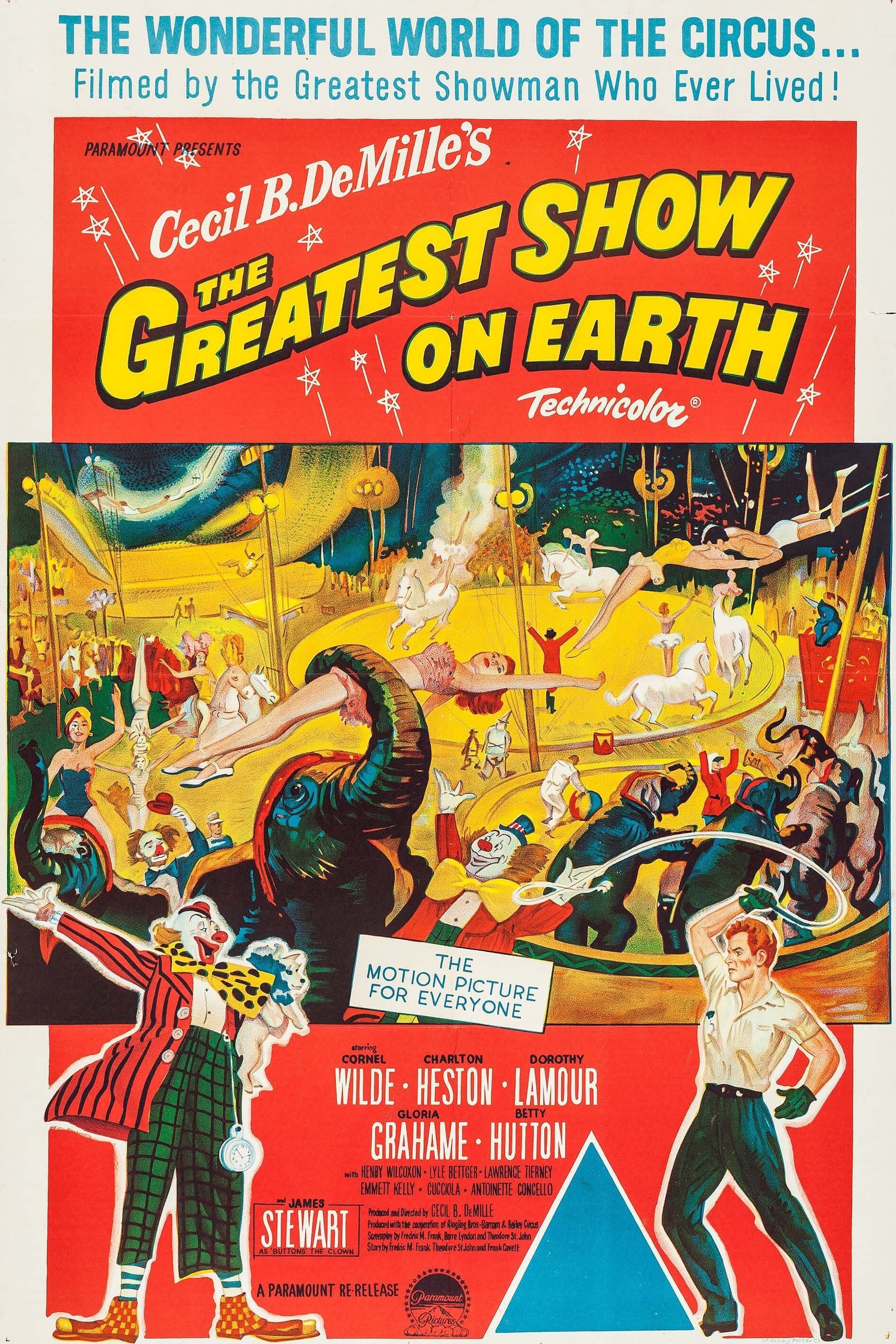
The "greatest show on earth" has long captivated audiences, merging thrilling performances with a sense of wonder and enchantment. From dazzling acrobatics to mesmerizing animal acts, this magnificent spectacle has redefined entertainment for generations. It's a cultural phenomenon that has left an indelible mark on the hearts of millions, transcending boundaries and uniting people through shared excitement and joy.
Throughout history, the "greatest show on earth" has evolved, embracing new acts and themes while remaining true to its roots. The thrill of live performances, combined with the passion of the performers, creates an atmosphere unlike any other. As we delve deeper into the world of this extraordinary show, we uncover the stories behind its legacy and the impact it has had on society.
In this article, we will explore the history, key figures, and defining moments that have shaped the "greatest show on earth." With a blend of nostalgia and modernity, we'll dive into what makes this spectacle a perennial favorite among audiences and how it continues to inspire wonder in the hearts of many.
What is the "Greatest Show on Earth"?
The term "greatest show on earth" is often associated with the iconic Ringling Bros. and Barnum & Bailey Circus, which was founded in the 19th century. This circus became synonymous with thrilling performances, featuring daring acrobats, captivating clowns, and majestic animals. The phrase encapsulates the essence of a grand circus experience—an unforgettable display of talent and creativity.
How Did the Greatest Show on Earth Begin?
The origins of the "greatest show on earth" can be traced back to the early 1800s. P.T. Barnum, a visionary showman, played a pivotal role in its inception. He believed in the power of spectacle and entertainment, creating a platform that would bring joy to audiences from all walks of life.
What Were the Key Milestones in Its History?
- 1835 - Barnum acquires Joice Heth, claiming she was George Washington's nurse.
- 1871 - Barnum's circus merges with the Ringling Brothers, solidifying its status.
- 1919 - The circus adopts the nickname "The Greatest Show on Earth."
- 2017 - The circus closes its doors after 146 years, marking the end of an era.
Who Were the Notable Performers of the Greatest Show on Earth?
Throughout its illustrious history, the "greatest show on earth" has showcased a plethora of talented performers. Each artist brought their unique flair to the stage, contributing to the overall magic of the circus experience.
What Made These Performers Stand Out?
Notable performers included acrobats, trapeze artists, and clowns, each with their distinct skills and styles. Their commitment to excellence and ability to connect with the audience set them apart. The combination of bravery, artistry, and showmanship created breathtaking moments that left spectators in awe.
Can You Name Some Iconic Acts?
- The Flying Wallendas - A legendary acrobatic troupe known for their daring stunts.
- Ringling Bros. Clowns - A staple of circus humor and entertainment.
- Animal Acts - Featuring majestic elephants, tigers, and horses, showcasing the bond between humans and animals.
What Impact Did the Greatest Show on Earth Have on Society?
The "greatest show on earth" transcended mere entertainment; it became a cultural touchstone. It brought people together, creating shared experiences and memories that would last a lifetime. The circus served as a reflection of societal values, highlighting the importance of creativity, diversity, and the celebration of life.
How Did It Influence Popular Culture?
From movies and music to fashion and art, the influence of the "greatest show on earth" can be seen everywhere. The vibrant colors, whimsical themes, and larger-than-life characters have inspired countless artists and creators, making it an enduring source of inspiration.
What Are the Lessons Learned from the Greatest Show on Earth?
- The importance of perseverance and dedication to one's craft.
- The power of collaboration and teamwork to create magic.
- Embracing diversity and celebrating differences in talent and expression.
What is the Legacy of the Greatest Show on Earth Today?
Although the Ringling Bros. and Barnum & Bailey Circus has closed its doors, the legacy of the "greatest show on earth" lives on. New generations continue to be inspired by the art of performance, and the spirit of circus remains alive in various forms of entertainment, from modern circuses to theatrical productions.
How Can We Keep the Spirit Alive?
To honor the legacy of the "greatest show on earth," we can support local circuses, attend performances, and share stories of its rich history with future generations. By keeping the spirit of wonder and excitement alive, we ensure that the magic of the circus continues to thrive.
What Does the Future Hold for Circus Entertainment?
- Innovation in performance techniques and technology.
- Emphasis on animal welfare and ethical performances.
- Integration of diverse art forms, such as dance and theater.
In conclusion, the "greatest show on earth" is more than just a phrase; it embodies a rich history of entertainment, creativity, and connection. As we reflect on its legacy, we recognize the profound impact it has had on society and the joy it continues to bring to audiences worldwide. Whether through nostalgia or new experiences, the magic of the circus will forever hold a special place in our hearts.
ncG1vNJzZmivp6x7p7XGoaugqpGlva2x05qnZ5ufonyivtOmmK2qYWTBqbGMoKmemaSawLV50qGmsGWfo3qmrdGtn2egpKK5